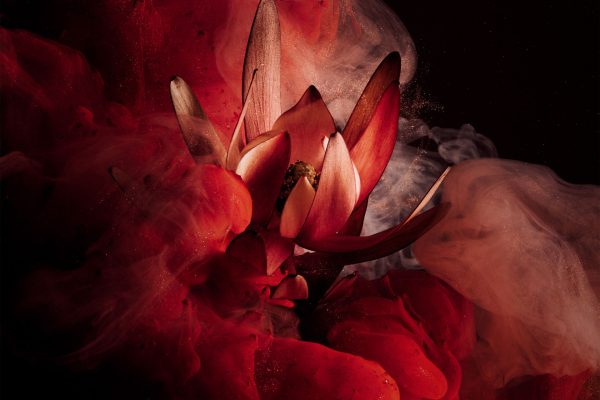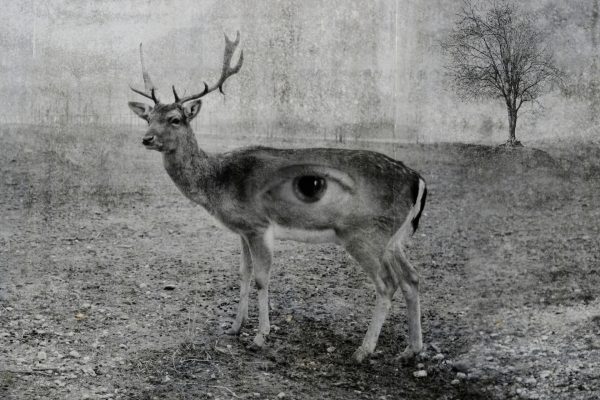‘In January 2027, the media reported that the CEO of General Electric in Fairfield, Connecticut had called a press conference to announce his companies’ energy research labs’ successful development of ground-breaking technology for the cheap and clean separation of Hydrogen from sea water. The prospect of a future with a totally clean, effectively-free, recyclable, and readily available energy source shook the world. The markets reacted immediately and the price of a barrel of oil plummeted.
In Saudi Arabia the market reaction sparked street demonstrations that grew into a revolutionary movement. The ruling regime used force to suppress the revolution and within months Iran had sent a military intervention force to attempt to depose the House of Saud. Saudi Arabia’s Sunni neighbours in Kuwait, Bahrain, UAE and Qatar were sucked into the regional war, which the international community felt unable to intervene in. Oil still flowed from major producers such as Russia, Venezuela and Nigeria, and it was generally felt in the West and far East that the supply of oil from non GCC sources was sufficient to bridge the transition period, until full implementation of Hydrogen technology for energy production.
By the end of 2027, Dubai was effectively deserted. Many of the wealthy locals left for their houses in the UK and elsewhere. The evacuation of expatriates started slowly but soon become a panicked scramble as the possibility of Iran’s intervention started to look like a certainty. Most western expatriates got out before the summer, but tens of thousands of Asians struggled to find transportation and many perished as the power stations and de-salination plants ground to a halt. Humanitarian ships attempting to ferry refugees back to India and Pakistan slowly cleared the backlog of desperate people all along the Gulf coast; a job that was eventually completed by the end of the year.
Before leaving, the caretakers of the UAE’s zoos, wildlife parks and private animal collections opened the gates and cages of their facilities. Some animals refused to leave their accustomed accommodations and died there, but many escaped out into the empty streets.
On the outskirts of Dubai there still stood many incomplete construction projects, relics from the previous decades’ building boom. Some of the remaining indigenous peoples discovered that abandoned excavations and subterranean basements formed self-replenishing pools of groundwater, and thereby created oases at various locations around the city. They recognised the potential value of the wildlife and learned to live alongside them. Inevitably, after a period of years, certain species were unable to adapt to the harsh environment and died out, but many successfully naturalised and created viable communities that exist to this day. It is generally felt that when the region becomes sufficiently stable again, and an operating international airport can be re-established, Dubai has tremendous potential as a unique eco-tourism destination..’
























